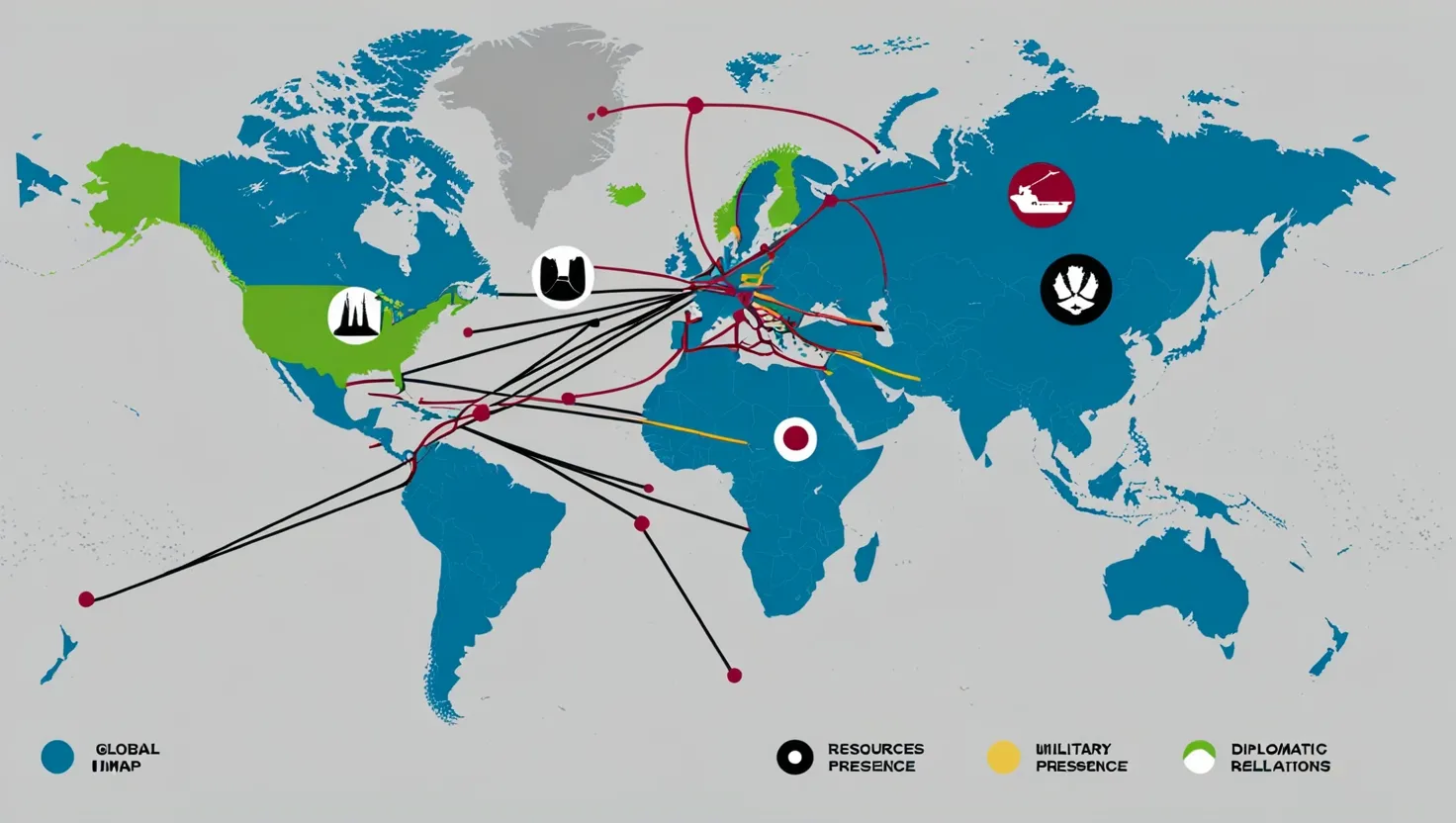As an investor, you're likely no stranger to the allure of emerging markets, and lately, Latin America has been making some serious waves. But what's behind this sudden surge of interest in Latin American stocks? Let's dive into the unique characteristics and opportunities that are putting this region firmly on every investor's radar.
A History of Resilience
Over the past two decades, Latin America has transformed into a favored destination for foreign direct investment, outpacing other emerging markets like those in EMEA and Asia ex-China. This influx of foreign capital has been a significant driver of development, income growth, and job creation in the region. Despite the setbacks from the COVID-19 pandemic, Latin American stock markets have shown remarkable resilience, with the MSCI EM Latin America Investable Market Index delivering some of the highest average annualized returns among emerging markets.
Structural Changes and Growth
One of the key factors drawing investors to Latin America is the region's structural improvements. There's been a notable expansion of the middle class and a substantial reduction in poverty – nearly half the number of people living in poverty over the last two decades. Additionally, access to technology, education, and literacy has improved significantly, integrating the region more deeply into global trade.
For instance, countries like Brazil and Mexico have become critical players in global supply chains, particularly benefiting from the 'friend-shoring' trend. This is where companies, especially from the U.S., are moving their manufacturing operations to more 'friendly' nations to mitigate geopolitical risks. Mexico, with its strong fiscal balance and current account, has been a prime beneficiary of this trend, attracting billions in foreign direct investment, particularly in the auto industry.
Commodity Riches and Green Energy
Latin America's abundance of natural resources is another compelling reason for investors. The region is a powerhouse in commodities, including soft commodities, agriculture, and key metals like copper, lithium, and zinc. These resources are crucial for the production of electric vehicles, solar and wind technology, and other green energy solutions. As the world shifts towards more sustainable energy sources, Latin America's commodity wealth positions it for significant growth.
Economic Fundamentals and Trade
The economic fundamentals of Latin American countries are also worth noting. During the pandemic, countries like Mexico, Brazil, and Chile swiftly increased interest rates to control inflation, which is now relatively well contained. These economies are well-integrated into global trade, with strong ties to the U.S. and Asia. This integration, combined with their proactive monetary policies, has kept their underlying economies in good condition.
Valuation and Market Opportunities
One of the most attractive aspects of Latin American stocks right now is their valuation. Compared to the S&P 500 Index, Latin American equities have a trailing price-to-earnings (P/E) ratio discount of about 65%. This makes them significantly cheaper than their counterparts in other regions. If the region grows as predicted and interest rates come down, these low valuations could be a powerful catalyst for equity performance.
For example, Chile stands out as a relative bright spot, with its market supported by prudent economic policies, declining interest rates, and a robust copper export sector. The country's economic stability and favorable investment climate make it an appealing option compared to the more volatile markets in Brazil and Mexico.
Interest Rate Dynamics
Interest rates are another critical factor influencing investor interest in Latin America. Central banks across the region have been proactive in managing inflation by increasing interest rates, but now they are starting to lower these rates. This shift is expected to support economic activity and boost asset prices. Brazil, for instance, has seen its central bank cut the policy rate multiple times, with further reductions anticipated if the U.S. Federal Reserve follows suit.
Tax Reforms and IPOs
Recent tax reforms and the anticipated increase in initial public offerings (IPOs) are also generating excitement. In Brazil, for instance, the approval of a tax reform has elevated the country's credit rating, making it an even more attractive destination for foreign direct investment. With at least 19 Brazilian companies expected to go public in 2024, ending a two-year IPO drought, the opportunities for investors are expanding significantly.
Regional Stability and Political Alignment
Despite global geopolitical tensions, Latin America remains relatively stable. This stability, combined with its strategic position as a reliable trading partner for both the U.S. and Europe, makes it an appealing option for companies looking to avoid risks associated with other regions. The trend of 'friend-shoring' or 'ally-shoring' is particularly beneficial here, as companies seek to move their operations to more stable and friendly nations.
Mitigating Risks
While the outlook is promising, it's crucial to acknowledge the risks involved in investing in Latin America. Corruption remains a significant concern, affecting political stability and investor confidence. For instance, countries like Peru have seen frequent changes in leadership, which can be daunting for investors.
To navigate these risks, thorough due diligence is essential. Investors need to have a deep understanding of the local landscape, including cultural and geographical nuances. This involves analyzing the internal controls and procedures of potential investment targets and staying informed about new regulations and legislation.
Personal Touches and Real-World Examples
As someone who has been following the Latin American market closely, I can attest to the excitement and potential that this region offers. From the bustling streets of São Paulo to the vibrant markets of Mexico City, there's a palpable sense of economic dynamism.
Consider the story of a Brazilian fintech company that recently went public. Despite initial skepticism about the government's economic policies, the company's IPO was a resounding success, attracting significant foreign investment. This is just one example of how the right combination of economic reforms, low valuations, and strategic positioning can create compelling investment opportunities.
Conclusion
Latin America is not just another emerging market; it's a region with unique strengths and opportunities that set it apart. From its rich commodity resources and improving economic fundamentals to its attractive valuations and strategic trade positions, there are numerous reasons why Latin American stocks are suddenly on every investor's radar.
As you consider adding Latin American stocks to your portfolio, remember to keep an eye on the broader economic trends, interest rate dynamics, and the ongoing reforms that are shaping the region. With the right approach and a bit of caution, investing in Latin America could be a highly rewarding move in the years ahead.






